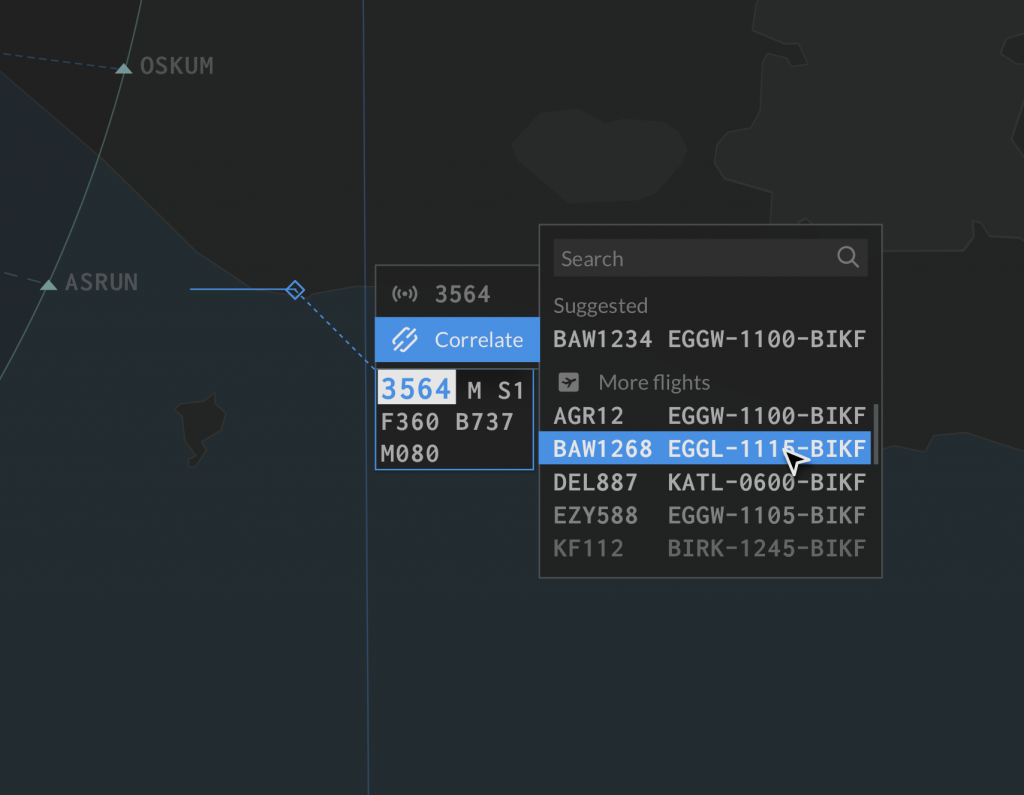
Have you ever taken a flight from North America to Europe? If so, then it’s most likely that the flight was safely guided to its destination via Tern Systems’ Air Traffic Monitoring (ATM) solutions.
Tern Systems, whose main business function is to provide ATM solutions to Iceland’s Air Navigation Service Provider, Isavia, has a track record of twenty years of delivering solutions to navigate intercontinental flights between North America, Iceland and Europe safely. Just in 2018, Tern Systems boasted a record of guiding over 100 million passengers safely to their destinations. Their software solutions, both existing and in development, offer Air Traffic Controllers with the state-of-the-art in ATM, thereby creating and ensuring safer skies in and around Iceland.
We met with Mr. Kári Harðarson, a Test Engineer at Tern Systems to discuss his company’s use of the Squish GUI Tester to ensure product quality, and by extension, safety, for their Air Traffic Monitoring solutions.
“We have found issues in things manual testers didn’t get to. I’m happy to report that.”
Tern Systems, who has been working with the Squish GUI Tester since 2015, uses Squish to automate an air traffic recorder and replayer that records and plays back aircraft traffic and is essentially a flight simulator. This software comprises several modules, each dedicated to various aspects of a flight’s travel: positioning data, a flight plan database, radar agreement, altitude, etc. Mr. Harðarson’s job is to verify that the aircraft’s properties are inline with safe air travel, for example that the plane has the correct longitude and latitude, its fail safes are working properly or that its speed is adequate and within safety limits. Software for these modules is written in C++, uses the Qt toolkit and runs on a Linux platform. Both the record and replay and the radar display are remotely controlled via Squish.
“We are automating completely.”
Mr. Harðarson, keeping long-term success in mind, created a framework one layer above Squish’s basic functions to identify flights, and thus formulate his tests, in a human-readable format. This framework also lends itself well to easier script maintenance in the future, owing to the abstraction of Squish’s basic functions into reusable functions. This framework implementation also creates code that is more portable and is more robust in the face of UI changes. He also mentioned that the team runs the tests not through the Squish IDE, but rather through the squishtest library, in order to achieve full automation. Taking advantage of his company’s software that was designed from the beginning to run massively in parallel, Mr. Harðarson uses the Jenkins’ concept of build slaves to run his tests after each build of the software, and gathers his test results in under a minute with powerful build consoles. These results are uploaded to TestRail and converted neatly into a PDF report, as proof of the coverage of his tests. Mr. Harðarson mentioned another benefit of testing with Squish, echoed by our previous interview with skyguide, is that the tests serve as a kind of documentation for the team. As Mr. Harðarson put it, documentation, as a side effect of testing with Squish, “pulls things out in the open….we are actually looking into the protocols.”
“Squish is the way to go.”
Mr. Harðarson spoke to us about his team’s future plans for automation with Squish. He envisions increasing his test case database to simulate special case airplane traffic, for example if a radar shuts down and comes back online or if there is a serious deviation between two radars. A longer-term goal is to teach his colleagues in Tern Systems’ parent corporation Isavia about Squish usage, as they adopt the tool for their own automation efforts.
Concluding our meeting, Mr. Harðarson expressed interest in the possibility of combining Optical Character Recognition (OCR) support, available in Squish 6.5, with his Object-based recognition approach that currently defines his test scripts. He also thanked us for an excellent level of customer support from our team, noting our technical support team’s level of helpfulness and professionalism. We look forward to keeping in touch with Mr. Harðarson and Tern Systems in general as they expand their automation efforts to new avenues.
